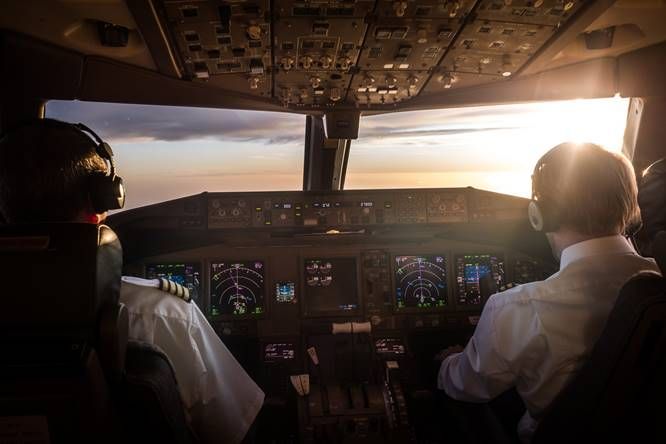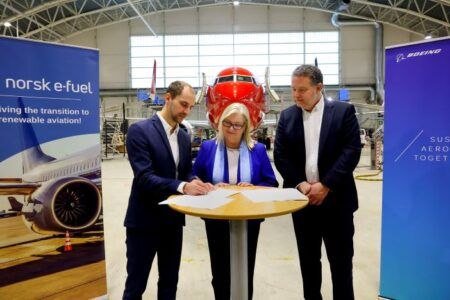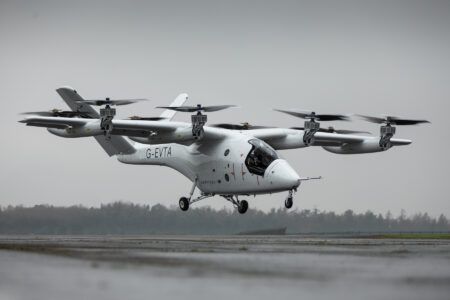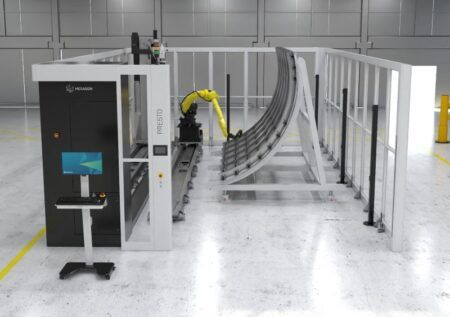Flight controls are the components beneath an aircraft’s surface that make it fly. Early flight controls were mechanical and used cables and pulleys to connect the pilot’s yoke and pedals to the aircraft’s controls surfaces.
Today, most modern aircraft operate with fly-by-wire controls, which are electronic systems that are lighter and can help save on fuel.
Fly-by-wire controls use sensors and computers to translate pilot inputs into commands. The commands transmit to the aircraft’s actuators to move the control surfaces. These surfaces, such as ailerons, spoilers and rudders, generate the torque needed to control the movement of the aircraft.
Fly-by-wire technology will continue to evolve when the first hybrid and all-electric aircraft take to the skies. These aircraft will require smarter and more integrated controls that are small enough to fit into two-seat air taxis and can scale up to a 400-seat passenger airliner. While electric flight may be a decade away, BAE Systems is working now to define and develop the flight control systems for the future.
BAE Systems has been investing in its core technology to make fly-by-wire systems smaller, lighter, and faster than ever before. Its latest computers send precise commands every few milliseconds to more than 40 electronic controllers distributed throughout the aircraft. The systems are also 40% smaller and lighter than they were just five years ago. In addition, BAE Systems is developing advanced algorithms that will make these flight controls more resilient to cyberattacks.





